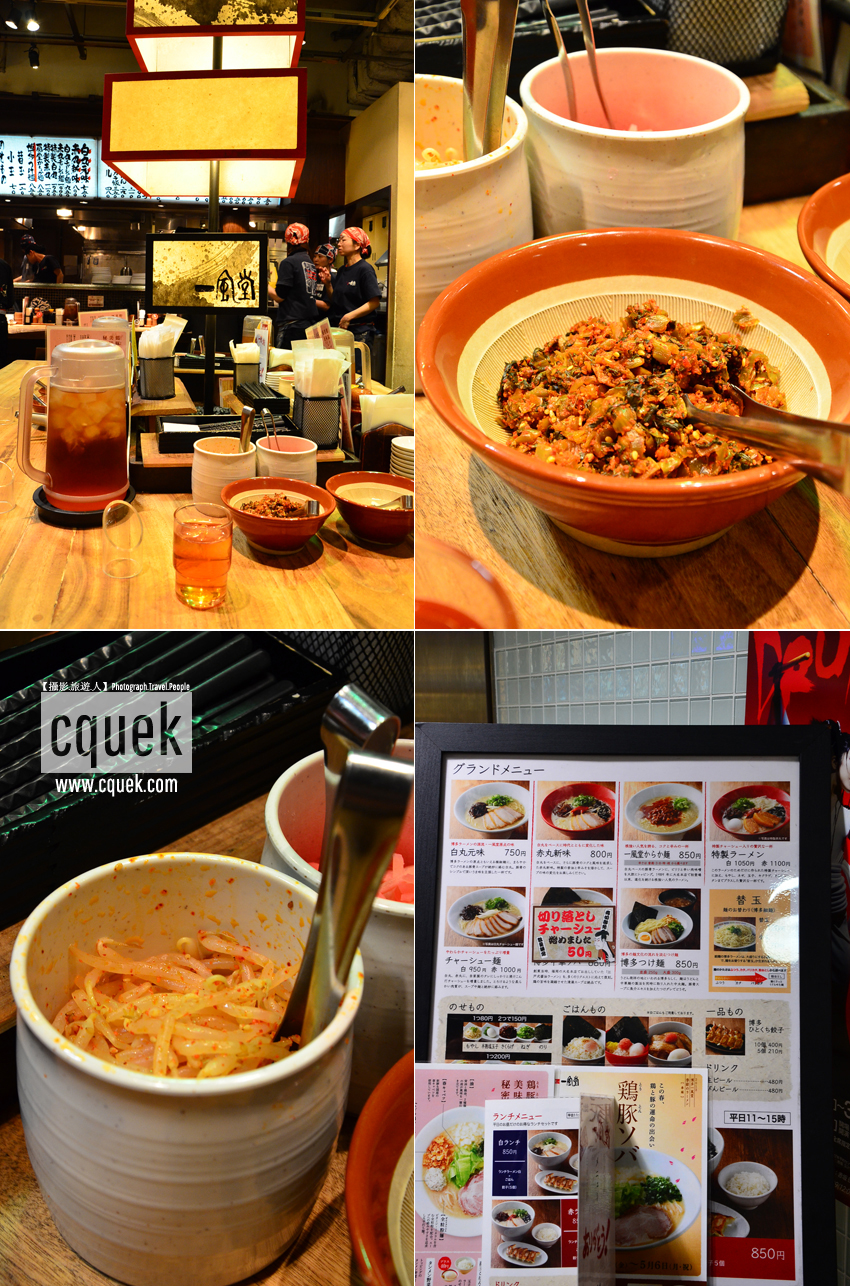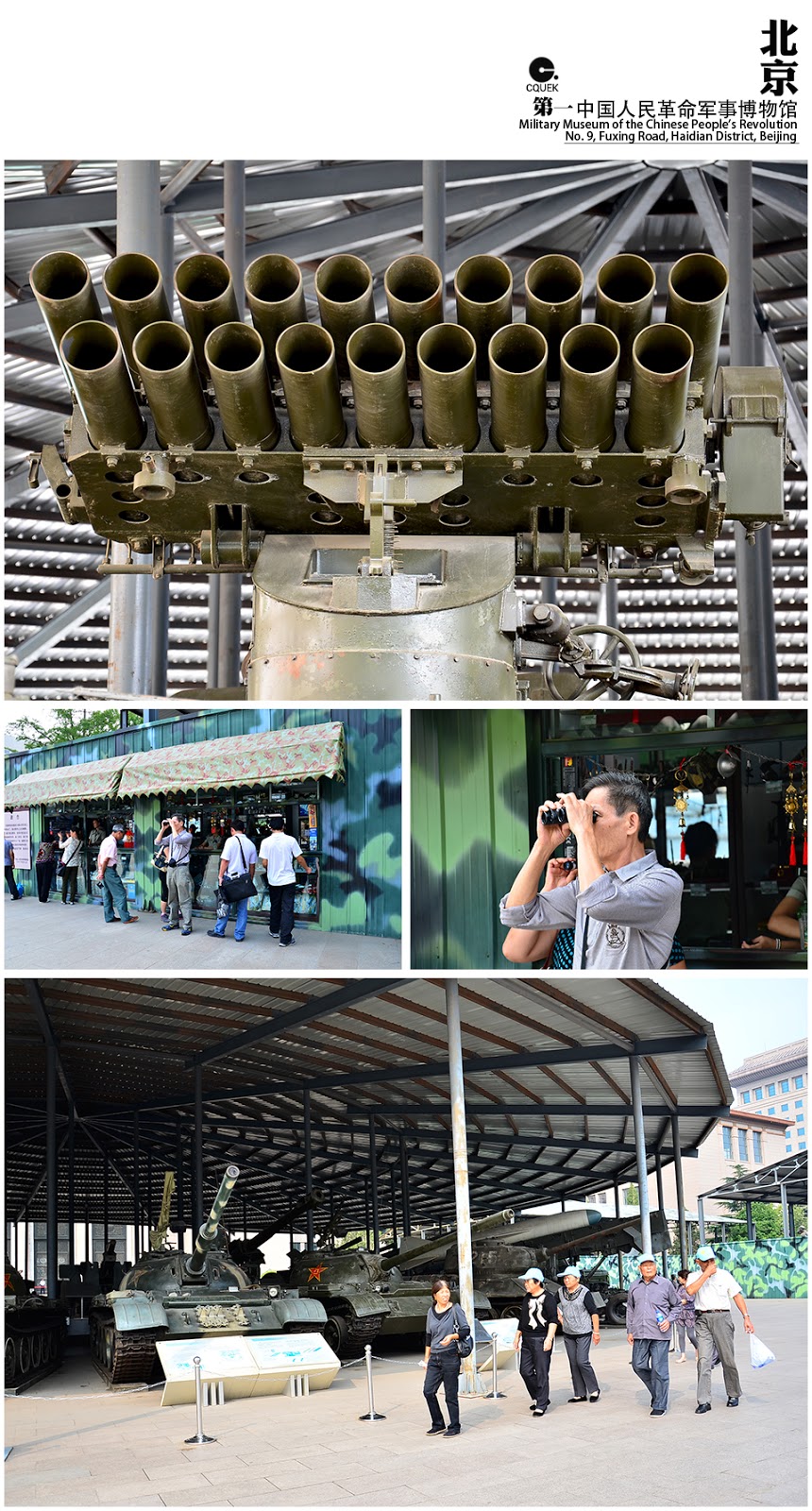Hakata Ippudou ramen is considered one of Japan's top three styles of ramen (along with Tokyo and Sapporo). The ramen of northern Kyushu, more specifically, of Hakata and Kumamoto, are what originally put "Kyushu ramen" on the map. A long time ago, Hakata and Nagahama, two districts in Fukuoka city, each had distinct styles, but these days they're virtually indistinguishable. Characteristally, Nagahama ramen is mellower in flavor and a touch less kotteri, with a soup that is bleach white in appearance and nori (roasted seaweed) as a topping.
Be it Hakata or Nagahama, ramen from Fukuoka features a soup made primarily with pork bones, which are cooked for a long time over extremely high heat. Such a method of cooking releases the bone marrow into the broth and gives the soup its characteristic richness. Flavors vary depending on cooking time and exactly which pieces of bone are used. Savory shoyu tare, or soy sauce soup base, is typically not added, although there are notable exceptions at shops which serve a soup pale brown in color. Often the tare is placed tableside for diners to season thheir broth to taste.
Noodles are distinct - firm in texture and ultra thin, straight and white in appearance. They are boiled very quickly.
Portion size is typically small, but one of the unique and best-loved aspects of Hakata ramen is the "kaedama" system - where diners order extra servings of noodles for a marginal cost (usually 90 or 100 yen
Toppings popular with Hakata ramen are chashu, kikurage (wood-ear mushroom), and negi (green onions)of the smaller, deeper green variety. Most striking of all is the use of benishoga (pickled red ginger), known to the Western world as "that red stuff you put on Yoshinoya beef bowls", as an optional tableside garnish. Crushed or whole roasted sesame seeds, and karashi takana (spicy pickled mustard greens) are also prevalent. Kyushu ramen shops often use garlic as a flavoring. In the Hakata style, crushed garlic is added to taste by the diner (often DIY style with a tableside garlic press).
![]()
![]()
Another famous distinction of Hakata ramen is that is often served at yatai, food carts that set up shop across the city and are open only in the evenings. Conviviality (and drunkeness) are celebrated at these mobile restaurants, and the atmosphere is virtually incomparable. Popular yatai can be found along the banks of the Nakasu river and in Fukuoka's Tenjin shopping and entertainment quarter, although recent legislation, in an effort to "clean up" the city, forbids the opening of any new yatai.
Ippudo ramen, originally from Hakata (Kyushu), is popular nationwide, and I have personally been in love with it .It has two unique tonkotsu broths–“red” and “white”–both of which are just amazing (although I prefer “white” just a little more). The lunch set during the afternoon is a great deal and comes with ramen, gyoza, and rice (students take note: this is cheap and will fill you up for an entire day). You can also request noodle firmness in nine levels from soft to hard.
Recommended: Order ramen during lunchtime, and you can pay an extra 100 yen to add rice and gyoza for an excellent and filling meal.
![]()
Your ramen will come with a spoon and chopsticks, and there will be condiments such as garlic, ginger, beni shoga, sauces and spices on the counter in front of you. Add whatever you like, and sample the soup first if you wish by using the spoon. When you eat the noodles, use your chopsticks to bring them to your mouth, and then suck them in using your throat–this is important, as sucking them with your throat (using lung power) will bring the noodles down your throat quickly and cool them along the way. It’s perfectly normal to make slurping sounds when you eat ramen in Japan, even if you feel a little timid at first. After eating the noodles and toppings, it’s also fine to pick up the bowl and drink directly from it. While many countries do not have these eating customs, there is no reason to feel self-conscious or nervous when doing these things in a Japan…people may even be impressed that you know how to eat like a local!
クイーンズイースト
B1 2 Chome-3-2 Minatomirai, Nishi Ward, Yokohama, Kanagawa Prefecture 220-8542, Japan
+81 45-227-6305 [in Queen's Square ]
Hours: Varies per shop, but generally from 11:00 am to 3:00 am.






































































































































